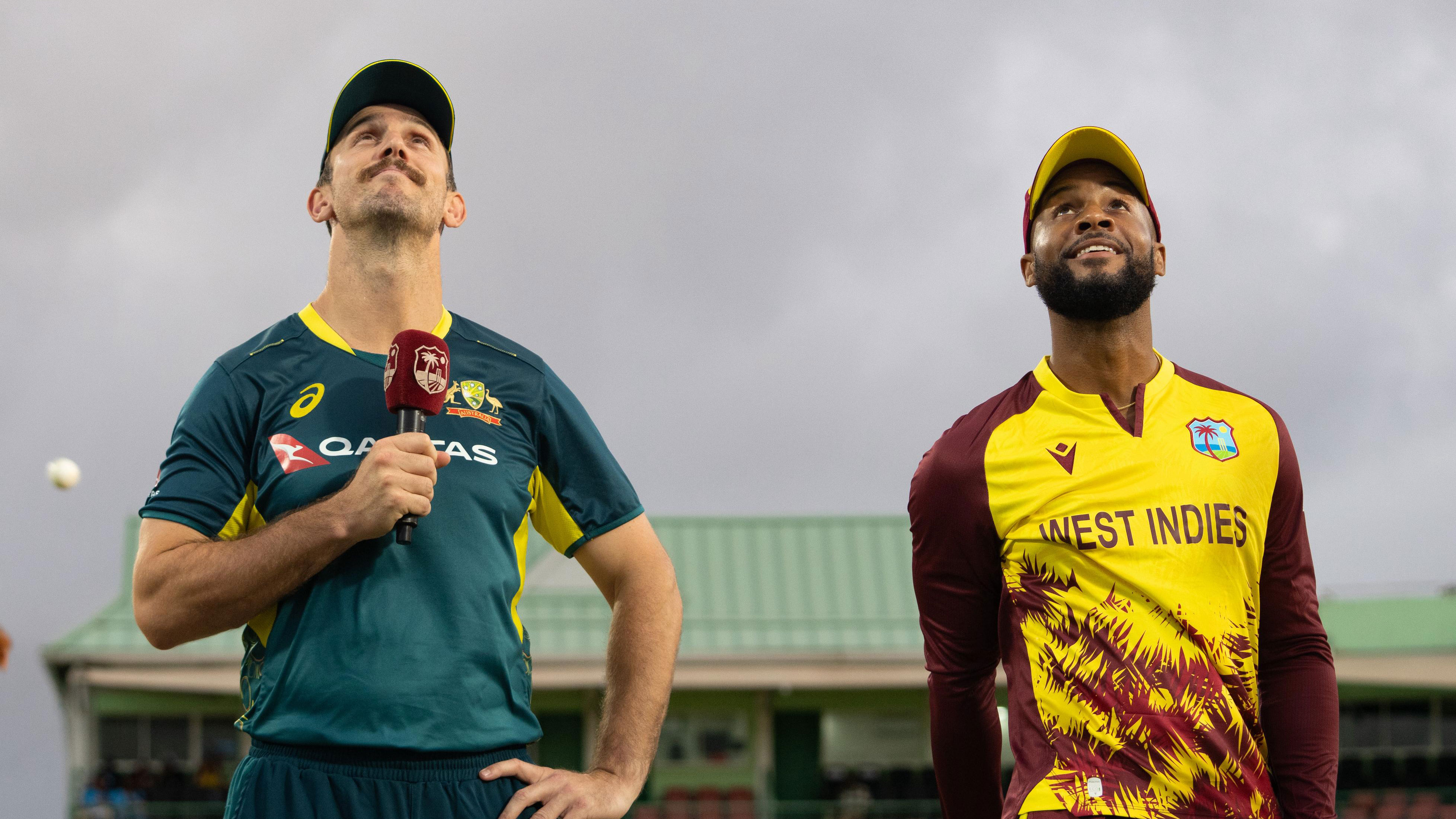Pakistan and India once connected over cricket. Those days are long gone

There was, said one traveller I contacted, a sense of relief when they touched down safely. The entire contingent of English overseas players in the Pakistan Super League — plus overseas commentators, television crew, coaching staff and other foreign players who did not need a visa for Dubai — were on the Friday night flight from Pakistan, which began at the Nur Khan airbase just outside Islamabad, going via Multan to pick up those, such as David Willey, who were stationed there.What unsettles cricketers more than anything in these situations is the not knowing. Those I contacted said they were looked after very well, and there was no sense of panic, but the amount of false and fake news propagated through social media added an extra layer of uncertainty. They were not to know, either, of the strike that would hit the Nur Khan airbase the morning after they all departed.That flight is a small reminder of how concentrated cricket has become in the subcontinent in the months of April and May. More so this year with the (now abandoned) PSL happening concurrently alongside the Indian Premier League, whose status remains uncertain after an escalation of tension in the region following the terrorist attack in Pahalgam on April 22. It is a reminder too of just how reliant global cricket is on political stability there.India and Pakistan are great cricket rivals but have not contested a Test series since 2007 AAMIR QURESHI/AFP VIA GETTY IMAGESNominally a global game — the second most popular in the world, it is commonly said — cricket is in reality a subcontinental game, with offshoots elsewhere. The populations of India, Pakistan, Bangladesh, Afghanistan and Sri Lanka account for roughly two billion people. The rest of the Test- playing nations muster not a tenth of that. Demographically, the game has long been centred in the east, buttressed by a more recent shift in a cricketing context by political and economic dominance too.Tensions between India and Pakistan, always simmering, have flared sporadically in the past two decades, but in cricketing terms the two countries had gradually stopped talking during this period anyway. They have not played against other in a bilateral series since 2013, and have not played Tests against each other since 2007. Any resumption of bilateral cricket seems further away than ever before.AdvertisementSo the fixtures between the two on neutral grounds in ever more frequent ICC events have gained in importance. It is at these ICC events where India and Pakistan have been “drawn” against each other without fail in recent times, thus allowing the rivalry to continue and the money to roll in.It is hard to put an exact figure on the economic value of these games but they remain the biggest driver of global broadcast revenue, with viewing figures in the hundreds of millions and massive advertising revenue the main reason behind Disney Star’s (now JioStar) $3billion (about £2.25billion) bid for the 2024-27 rights cycle. Test countries lacking a competitive domestic TV market (all but India, Australia and England) rely heavily on this income, while it is the lifeblood of the associate nations’ balance sheets.Despite constant simmering tensions between Pakistan and India, supporters have enjoyed a warm relationship SCOTT BARBOUR/GETTY IMAGESAfter the attack in Pahalgam, though, significant figures have questioned whether these matches should be allowed to take place, if the terrorist attacks were to continue. India’s coach, Gautam Gambhir, was one. His ties to the ruling BJP party are close, having stepped down from his political duties only in March of last year, thanking the prime minister, Narendra Modi, and the home affairs minister, Amit Shah, as he took his leave.Gambhir was not the only voice urging caution, and it would not be a stretch to see this stance becoming more hard-line still. In 2019, after more than 40 Indian soldiers were killed by a suicide bomber in Pulwama, Kashmir, the BCCI requested that members of the ICC “sever ties with countries from which terrorism emanates”. If that rhetoric re-emerges, then the ICC’s response would be headed by Jay Shah, son of Amit, Modi’s right-hand man.When India and Pakistan played each other regularly in the 1980s, they did so as equals on and off the cricket field, but now India is dominant in a cricketing context, its influence having spread to every corner of the game. It is calculated that 80 per cent of the game’s global revenues emanate from there, one reason why, for example, the broadcast of some T20 games in last year’s Caribbean World Cup began at 10.30 in the morning local time. In the recent Champions Trophy, hosted by Pakistan, India’s matches were accommodated in Dubai instead.AdvertisementSouth Africa’s T20 franchise teams have been bought entirely by IPL owners, who have also diversified into the United States, the UAE and England, where four of the Hundred teams are IPL-owned. As a result of these forces, administrators everywhere dance to India’s tune. For many, a tour by India can be the difference between solvency and insolvency, and others, like England, tip-toe around in the hope that, eventually, India’s cricketers will be allowed to play in other franchise leagues, such as the Hundred.Gambhir, left, is among the key figures who have questioned whether matches should be allowed to take place ALEX DAVIDSON-ICC/ICC VIA GETTY IMAGESRipples from continued or escalating tension in the region would be felt everywhere in the game. It is not hard to imagine the nervousness right now in ECB offices, with India’s five-Test tour scheduled to begin in late June. As of now, there is no reason why that tour should be threatened, but there is every reason to imagine the extra security that will have to be considered.The sadness is that whenever the two teams do meet on a cricket field, relations are noticeably warm, despite the febrile atmosphere in the stands. The crowds could be generous too: in 1999 the victorious Pakistan team, having won a humdinger of a Test by 12 runs, were given a standing ovation by the local crowd as they did a lap of honour at the Chepauk Stadium in Chennai. That moment is commemorated in a striking mural at Chepauk to this day, although it would be difficult to imagine a repeat today.Over the weekend I dipped again into Pundits from Pakistan, Rahul Bhattacharya’s fine travelogue-cum-cricket book of India’s tour to Pakistan in 2004, which was a triumph of cricketing diplomacy. Towards the end of it, he tries to ascertain how many Indian supporters made the journey over the border into Pakistan to watch that series. Eventually, he settles on an estimate of 11,000, the biggest movement, he reckoned, across the border for almost 50 years.“There seems to be an agreement,” he wrote, “that other great movements [post-partition] would have also been on occasions of cricket.” Thousands crossed for the series in 1955 and 1978, for example. “So this was it, then,” he wrote of the significance of the 2004 Test series, “the single biggest window for a people to talk to another. We talked pretty well, I think. And in the name of a contest.”AdvertisementThe talking, in that context, has long since stopped.













